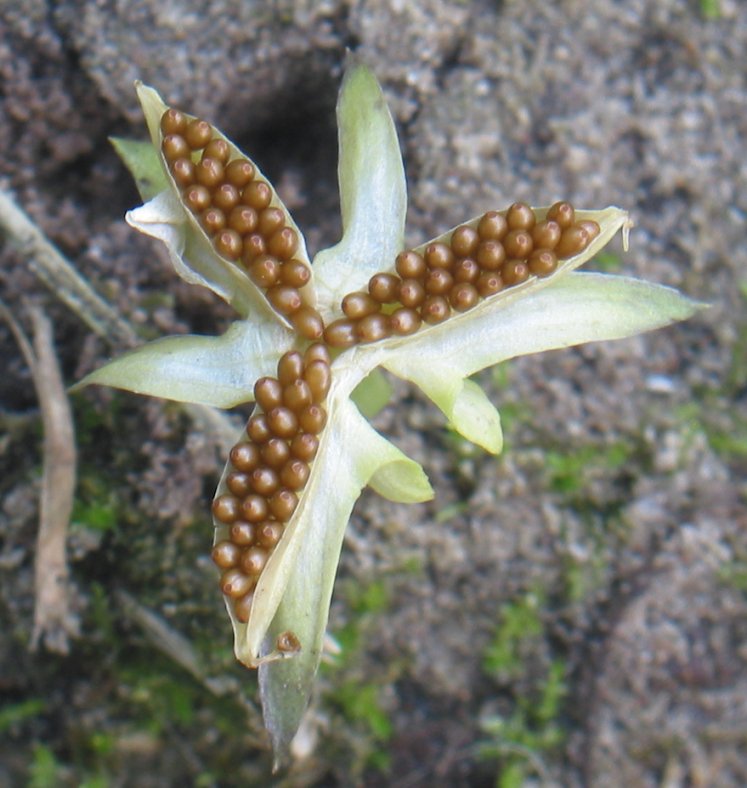|
Viola Trinervata
''Viola trinervata'', the sagebrush violet, is a species of wildflower in the Violaceae family which is found in eastern Washington and Oregon. Description Sagebrush violet is a low growing perennial herb that produces a cluster of palmate leathery leaves with prominent veins. Each palmate leaf appears at the end of a hairless stem emerging from the ground, and each leaflet has three prominent veins (whence ''trinervata''), one in the center and two of them at or close to each leaflet edge. The showy flowers form in the spring and arise singly from basal stems. The upper two flower petals are dark purple and the lower three petals are a paler lilac (sometimes white) with a yellow base, often with radiating darker purple lines. Hitchcock, C.L. and Cronquist, A. 2018. Flora of the Pacific Northwest, 2nd Edition, p. 231. University of Washington Press, Seattle. Full technical description at Flora of North America. Range and habitat The sagebrush violet grows in seasonally moist big ... [...More Info...] [...Related Items...] OR: [Wikipedia] [Google] [Baidu] |
Species
A species () is often defined as the largest group of organisms in which any two individuals of the appropriate sexes or mating types can produce fertile offspring, typically by sexual reproduction. It is the basic unit of Taxonomy (biology), classification and a taxonomic rank of an organism, as well as a unit of biodiversity. Other ways of defining species include their karyotype, DNA sequence, morphology (biology), morphology, behaviour, or ecological niche. In addition, palaeontologists use the concept of the chronospecies since fossil reproduction cannot be examined. The most recent rigorous estimate for the total number of species of eukaryotes is between 8 and 8.7 million. About 14% of these had been described by 2011. All species (except viruses) are given a binomial nomenclature, two-part name, a "binomen". The first part of a binomen is the name of a genus to which the species belongs. The second part is called the specific name (zoology), specific name or the specific ... [...More Info...] [...Related Items...] OR: [Wikipedia] [Google] [Baidu] |
Violaceae
Violaceae is a family of flowering plants established in 1802, consisting of about 1000 species in about 25 genera. It takes its name from the genus '' Viola'', the violets and pansies. Older classifications such as the Cronquist system placed the Violaceae in an order named after it, the Violales or the Parietales. However, molecular phylogeny studies place the family in the Malpighiales as reflected in the Angiosperm Phylogeny Group (APG) classification, with 41 other families, where it is situated in the parietal clade of 11 families. Most of the species are found in three large genera, '' Viola'', '' Rinorea'' and '' Hybanthus''. The other genera are largely monotypic or oligotypic. The genera are grouped into four clades within the family. The species are largely tropical or subtropical but ''Viola'' has a number of species in temperate regions. Many genera have a very restricted distribution. Description Though the best-known genus, ''Viola'', is herbaceous, mo ... [...More Info...] [...Related Items...] OR: [Wikipedia] [Google] [Baidu] |
Elaiosome
Elaiosomes ( ''élaion'' "oil" + ''sóma'' "body") are fleshy structures that are attached to the seeds of many plant species. The elaiosome is rich in lipids and proteins, and may be variously shaped. Many plants have elaiosomes that attract ants, which take the seed to their nest and feed the elaiosome to their larvae. After the larvae have consumed the elaiosome, the ants take the seed to their waste disposal area, which is rich in nutrients from the ant frass and dead bodies, where the seeds Germination, germinate. This type of seed dispersal is termed myrmecochory from the Greek "ant" (myrmex) and "circular dance" (khoreíā). This type of Symbiosis, symbiotic relationship appears to be Mutualism (biology), mutualistic, more specifically dispersive mutualism according to Ricklefs, R.E. (2001), as the plant benefits because its seeds are dispersed to favorable germination sites, and also because it is planted (carried underground) by the ants. Elaiosomes develop in various ... [...More Info...] [...Related Items...] OR: [Wikipedia] [Google] [Baidu] |
Viola (plant)
''Viola'', commonly known as the violets, is a genus of flowering plants in the family Violaceae. It is the largest genus in the family, containing over 680 species. Most species are found in the temperateness, temperate Northern Hemisphere; however, some are also found in widely divergent areas such as Hawaii, Australasia, and the Andes. Some ''Viola'' species are perennial plants, some are annual plants, and a few are small shrubs. Many species, varieties and cultivars are grown in gardens for their ornamental flowers. In horticulture, the term pansy is normally used for those multi-colored large-flowered cultivars which are raised annually or biennially from seed and used extensively in bedding (horticulture), bedding. Description ''Viola'' species can be Annual plant, annual or Perennial plant, perennial, and can take the form of Herbaceous plant, herbs, shrubs or very rarely treelets. In acaulescent taxa the foliage and flowers appear to rise from the ground. The remain ... [...More Info...] [...Related Items...] OR: [Wikipedia] [Google] [Baidu] |
Flora Of Washington (state)
This is a partial list of flora that are Indigenous (ecology), native to the U.S. state of Washington (state), Washington. Plants sorted by family Adoxaceae * ''Sambucus nigra'' ― blue elderberry * ''Sambucus racemosa'' ― red elderberry * ''Viburnum edule'' ― high-bush cranberry * ''Viburnum ellipticum'' ― common viburnum * ''Viburnum opulus'' ― snowball viburnum Asparagaceae * ''Asparagus officinalis'' ― garden asparagus * ''Brodiaea coronaria'' ― bluedick brodiea * ''Camassia quamash'' ― common camas * ''Camassia leichtlinii'' ― large camas * ''Dichelostemma congestum'' ― ookow, northern saitas * ''Maianthemum dilatatum'' ― false lily-of-the-valley * ''Maianthemum racemosum'' ― feathery false lily-of-the-valley * ''Maianthemum stellatum'' ― starry false lily-of-the-valley * ''Muscari armeniacum'' ― garden grape-hyacinth * ''Ornithogalum umbellatum'' ― sleepydick * ''Triteleia grandiflora'' ― blue umber lily * ''Triteleia hyacinthina'' ― whit ... [...More Info...] [...Related Items...] OR: [Wikipedia] [Google] [Baidu] |


